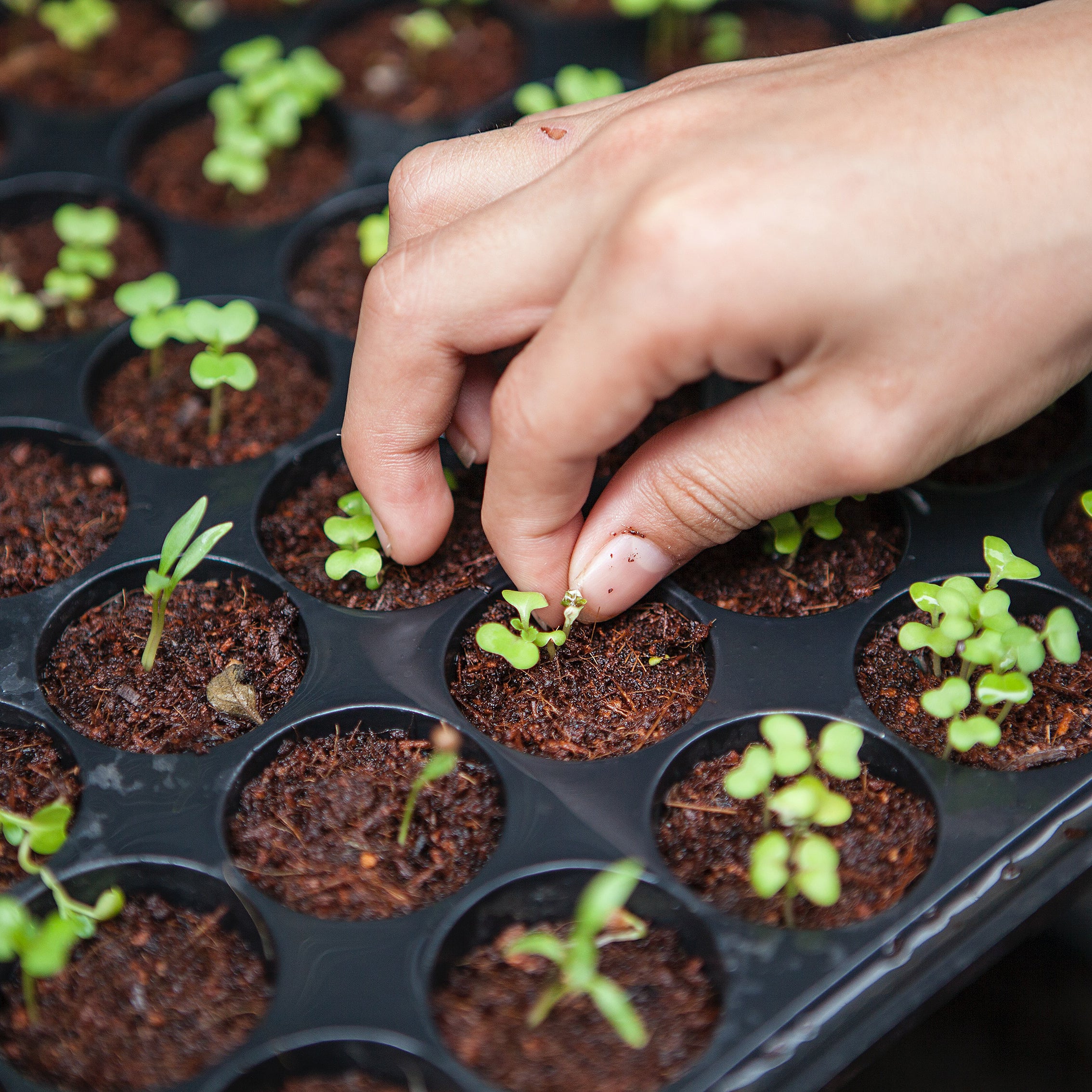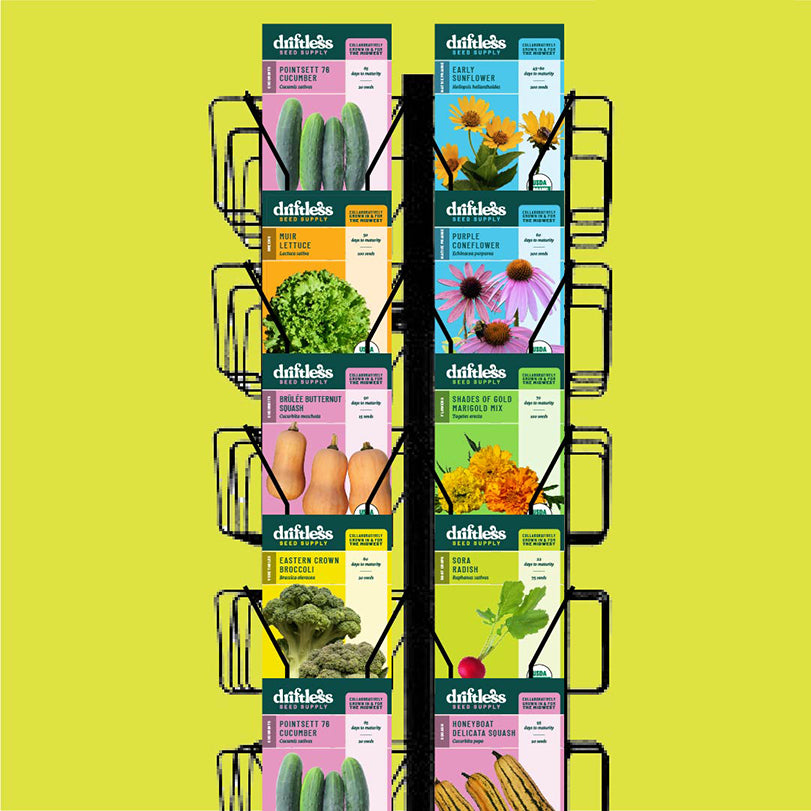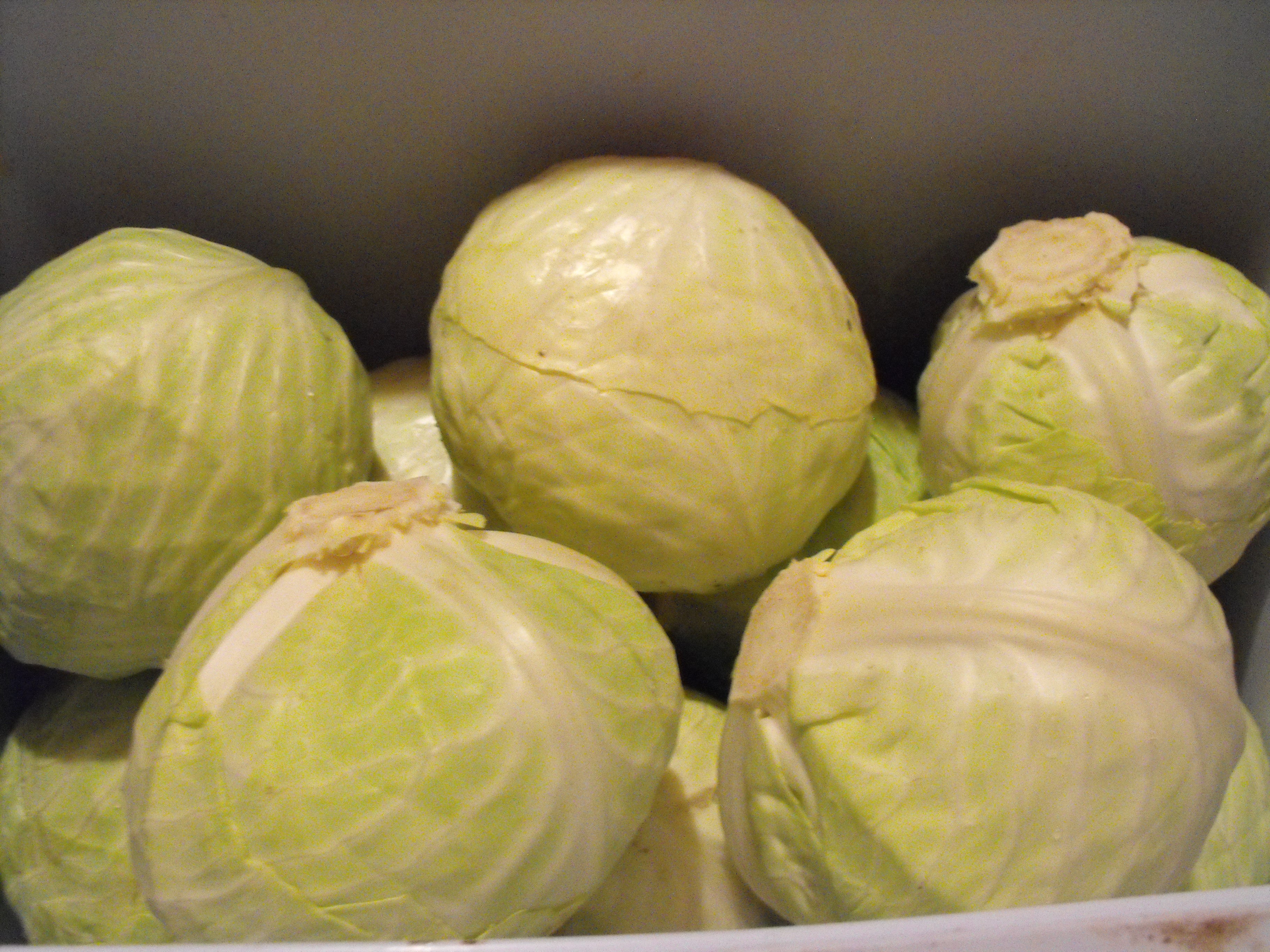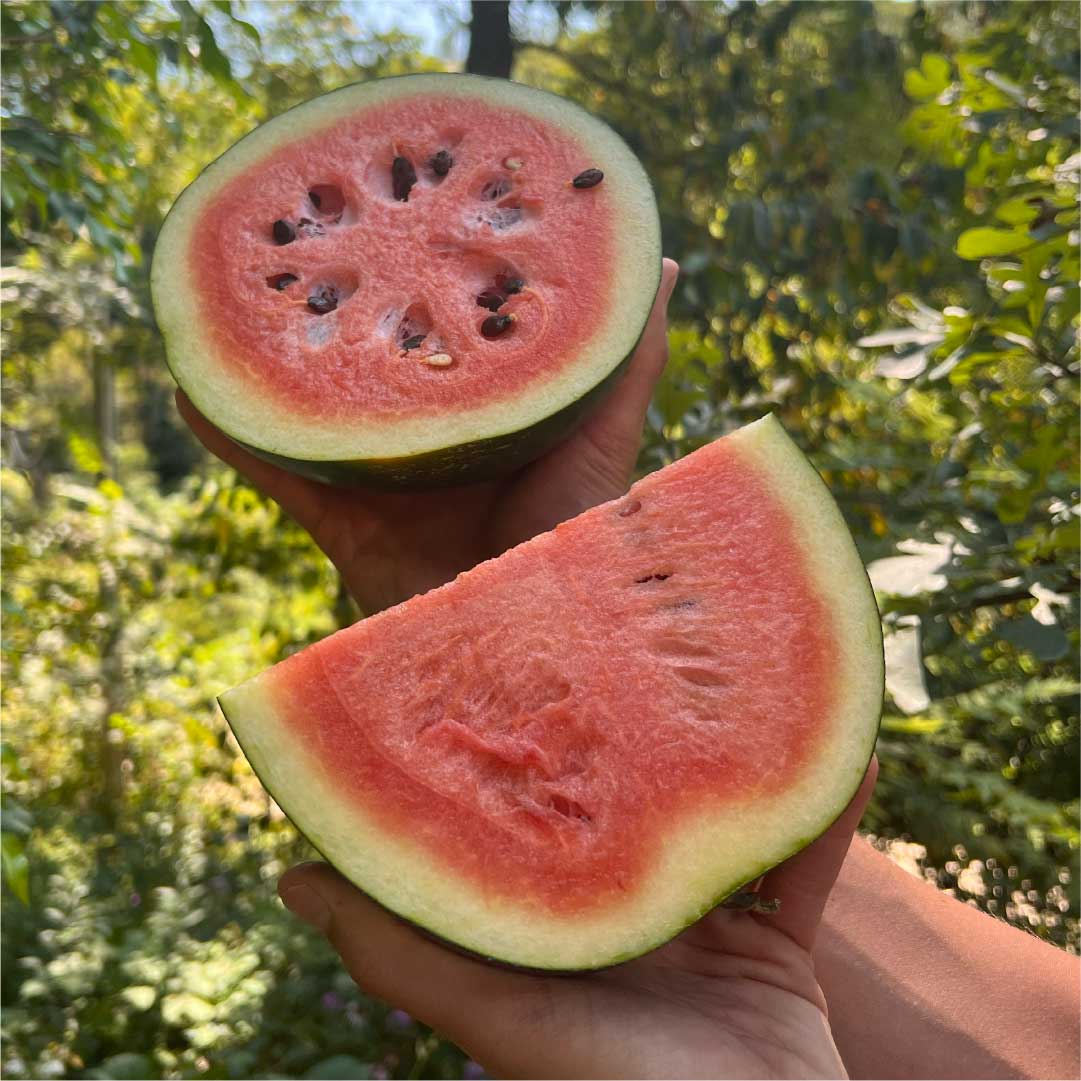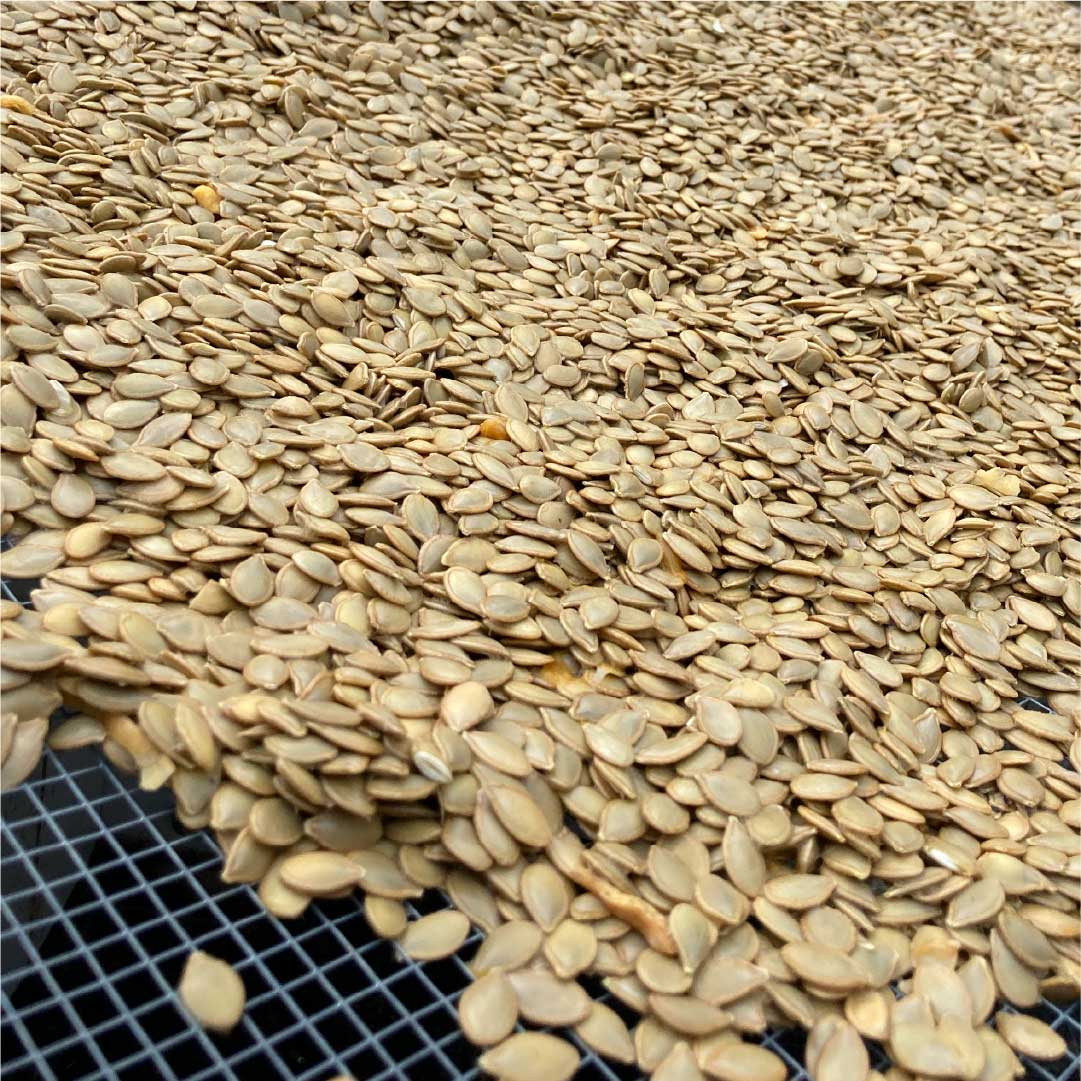
Driftless Seed Supply Grower Resources
Cabbage Growing Resources
History and Cultural Significance of Cabbage
Cabbage, a leafy green or purple biennial plant, has been cultivated for over 3,000 years and has significant cultural and historical importance. Originating in Europe, it spread to Asia and the Americas, becoming a staple in various cuisines. Highly adaptable, cabbage thrives in a range of climates, making it a reliable food source for both sustenance and surplus.
Cabbages are a central ingredient in iconic dishes like sauerkraut in Germany, and coleslaw in the United States. In Ireland, "Colcannon" is a beloved dish made with mashed potatoes and finely chopped boiled cabbage. In Poland and other parts of Eastern Europe, cabbage is the main ingredient in "Golabki," stuffed cabbage rolls filled with a mixture of meat and rice. These dishes underscore the versatility of cabbage and its significance in traditional European comfort food. Rich in nutrients and fiber, cabbage has traditionally been praised for its medicinal qualities, including potential anti-inflammatory and digestive benefits.
1) Site Selection and Soil Preparation
Choose a well-drained, loamy soil with a pH of 6.0–7.0. Full sun is ideal. Add organic matter or compost to improve soil structure and fertility.
2) Planting: Timing, Spacing, and Depth
Direct Seeding
- Timing: For spring, plant 4–6 weeks before the last frost; for fall, plant 12–14 weeks before the first expected frost.
- Spacing: Sow 2–3 seeds in clusters 18-24 inches apart in rows that are 30–36 inches apart. Thin to 1 plant at first true leaves.
- Depth: 1/4 to 1/2 inch deep.
Transplanting
- Timing: Start indoors 6–8 weeks before last frost for spring, or 12–14 weeks before first frost for fall. Transplant 2–4 weeks before last frost in spring or 10 weeks before first frost in fall.
- Spacing: Place transplants 18–24 inches apart in rows 30–36 inches apart.
3) Irrigation
Consistent moisture is critical, especially during head formation. Drip irrigation is preferred to minimize foliage moisture and reduce disease.
4) Fertilization
Apply a balanced fertilizer (e.g., 10-10-10) at planting. Side-dress with nitrogen (40–50 lbs/acre) at the half-growth stage.
5) Pest and Disease Management
- Crop Rotation: Rotate with non-cruciferous crops for at least 3 years.
- Scouting: Look for aphids, cabbage loopers, and diamondback moths. Diseases to watch for include black rot and downy mildew.
6) Harvest Recommendations
- Indicators: Heads should be firm and reach the expected size for the variety. Harvest before the heads split.
- Methods: Use a sharp knife to cut the head off, leaving a few outer leaves for protection.
7) Post-Harvest and Storage
Store in a cold (32°F), humid environment for 3–4 weeks for fresh market sales. For longer storage, controlled atmosphere storage can extend life for up to 5 months.
For the most tailored advice, consult local guidelines or agricultural extension services.
Special Growing Recommendations for Napa Cabbage, AKA Chinese Cabbage
Napa cabbage, also known as Chinese cabbage, originated in China and is a staple in East Asian cuisine. It has a long history dating back to ancient times and is especially prized for its mild flavor and versatility. It's the primary ingredient in iconic dishes like kimchi in Korea and various stir-fries and hot pots in China and Japan. Rich in nutrients, it's both a culinary and medicinal staple, symbolizing nourishment and wellbeing in some Asian cultures. Napa cabbage has specific requirements and characteristics that differ from regular head cabbage. Here are some recommendations tailored to Napa cabbage:
- Napa cabbage generally matures faster and may require less spacing compared to head cabbage, but the overall principles of growth and care are similar.
- Napa cabbage may benefit from slightly higher nitrogen levels, around 120–150 lbs/acre.
- Bacterial soft rot and tip burn from nutrient imbalances are concerns for napa cabbage, but not European cabbages.
Harvest Recommendations
- Indicators: Heads should be firm and filled out, and they are typically ready for harvest 70–80 days from transplanting.
- Methods: Cut at the base using a sharp knife, leaving outer leaves intact for protection.
Post-Harvest and Storage
- Napa cabbage stores well in a cold, humid environment for up to 4–6 weeks.

